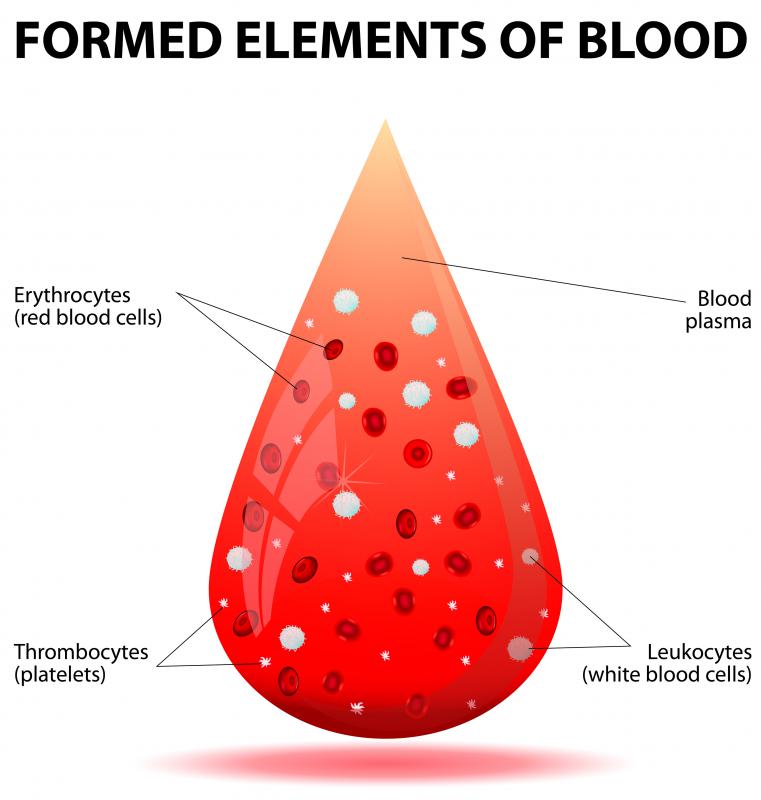At WiseGEEK, we're committed to delivering accurate, trustworthy information. Our expert-authored content is rigorously fact-checked and sourced from credible authorities. Discover how we uphold the highest standards in providing you with reliable knowledge.
What Is Epidermal Growth Factor?
Epidermal growth factor (EGF) is a protein that binds to cells in the body to regulate their growth. Typically made of 53 amino acids as well as three disulfide bridges, it is often seen in abundance in human saliva, blood plasma, platelets, and white blood cells. The polypeptide protein usually helps maintain the tissues in the mouth, esophagus, and digestive system as well as the secretion of mucous to protect against acids, chemicals, and bile. It is one of several proteins that can bind to associated receptors on cells to regulate normal activity. When epidermal growth factor binds to a cell, a chain reaction typically leads to the synthesis of deoxyribonucleic acid (DNA); a malfunction of the protein can disrupt the normal control of cell division.
In addition to the division of a single cell, epidermal growth factor can trigger reactions that communicate signals to others as well. Usually it first stimulates proteins at the receptor site, and then signals are typically triggered in a cascade effect. Biochemical changes in the cell can result and calcium, glycogen, and other protein levels often rise too. Gene expression is often altered by this process and the creation of new DNA prior to division can be triggered. Epidermal growth factor binds to a receptor which typically has a portion protruding from the cell membrane, and a part on the inside that relays signals to other areas within.

When an epidermal growth factor molecule links to the receptor, it can forms a binding domain. Small scale components of this include molecules that grip the EGF protien. Two rod-shaped structures made of amino acids can react, and one often is released to enable the receptor to chemically interact with others. The growth factor is generally important to embryogenesis, during which it can regulate the differentiation of cells into specific tissues.

Sometimes epidermal growth factor does not function properly, and certain kinds of cancer can arise if the signaling process becomes overactive. The result can be too much EGF to be produced or mutant forms of the receptor to form. Medical research has often focused on gathering genetic and structural data related to epidermal growth factor. Drugs that can inhibit the protein’s receptor are thought to decrease the risk of cancer. These sometimes work by blocking the molecule from binding, or by preventing the messages from being sent when the molecule binds to a receptor.
AS FEATURED ON:
AS FEATURED ON:













Discuss this Article
Post your comments